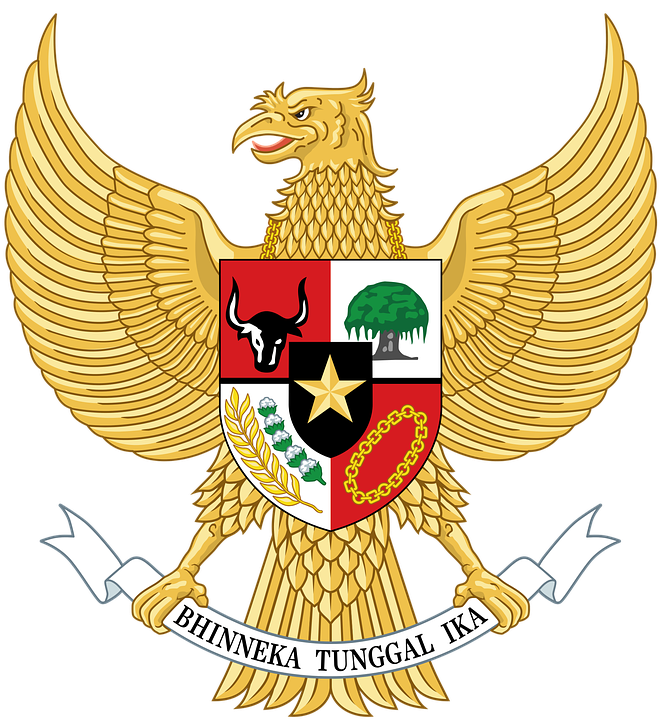Indonesia’s growing economic power is often understated in discussions about the future of Asia. Yet by 2045, it is likely to become the world’s fourth largest economy. It already is the world’s largest Muslim-majority state. President Joko Widodo, known as Jokowi, points out that his cabinet not only estimates that the economy will continue growing, but that his country’s population will also expand from its current 273 million to reach 309 million within the next two decades. In comparison, demographers at the Global Coalition on Aging predict China’s population will dramatically age during the same period, with those over age 50 increasing by 250 million as its working-age population simultaneously shrinks. The Coalition on Aging concludes that this presages the end of China’s era of “heroic economic growth.” Some analysts suggest this is also a strong indicator that Indonesia could become an emerging superpower within the next 25 years.
Today Indonesia is a middle-income nation and a member of the G20. In 2022 it logged its strongest economic record in the last nine years, growing by 5.31%, and supported by a record-high number of exports. Last November the country’s Coordinating Ministry for Economic Affairs announced that Indonesia is targeted to become a developed country by 2043. “While Beijing has pulled back its overseas BRI lending—and Xi has exhibited some notable reticence toward hosting a third Belt and Road Forum—Indonesia challenges the broader narrative that the BRI is somehow fading away,” according to William Yuen Yee of the Jamestown Foundation.
China has invested heavily in the country and intends for Indonesia to serve as an economic cornerstone for its BRI. The CCP leadership touts its megaprojects in Indonesia as a win-win for both countries. That leaves Jakarta caught precariously between leaning on China and standing with the democratic West. The government in Jakarta needs the development funds, although the Indonesian population is not favorable toward China’s involvement in the country.
Understanding Indonesia’s experience with the BRI, says Yee, requires a closer examination of the history behind infrastructure cooperation, major projects beyond the oft-discussed Jakarta-Bandung High Speed Railway and their impacts on the Indonesian public, and the extent of economic engagement between Jakarta and Beijing. Indonesia is the third-largest recipient of Chinese investments at about $560 million, behind only Cambodia and Pakistan. Jokowi created the Global Maritime Fulcrum (GMF) in 2014. It is a strategy to leverage Indonesia’s strategic location in the Indo-Pacific and status as the world’s largest archipelagic state in order to prioritize maritime connectivity and infrastructure development, says Yee. Both Xi’s BRI and Jokowi’s GMF highlight infrastructure development. Since 2008, China has used the BRI in Indonesia as a type of “infrastructure diplomacy” to strengthen cooperation and the development of economic corridors. In 2019 the two governments reaffirmed in writing that there is a “strategic alignment” between the BRI and Indonesia’s GMF. Last year marked ten consecutive years of Beijing being Indonesia’s largest trading partner.
Jakarta needs Beijing to continue on its path to becoming a developed nation, despite tense people-to-people relations and extensive corruption. Yee points out that nine of Indonesia’s BRI projects, worth a total of $5.2 billion, involve scandals, controversies, or alleged violations. Earlier this year escalating racial tensions among employees at a nickel smelter in Morowali turned deadly, causing the deaths of one Chinese and one Indonesian worker, with many more injuried. The joint project enabled Indonesia to become the world’s second-largest, stainless-steel producer, churning out 3 million tons each year. It is ironic that the project also transformed the nation into a primary rival for domestic-made products in China. Last summer, ten years after Xi launched the Maritime Silk Road in Indonesia, Jakarta’s commitment to Beijing’s Belt and Road Initiative is steadfast, suggests Yee. Jusuf Wanandi, a Sino-Indonesian politician who co-founded the Jakarta-based Centre for Strategic and International Studies think tank noted last year that “…Indonesia-China cooperation is not only beneficial to Indonesians and Chinese, but also to all the peoples of East Asia.”
Bilateral relations have continued expanding since Chinese leader Xi Jinping came to power in 2013. Although Indonesia is not permanently locked in a Chinese “debt trap,” Jakarta’s debt is rising. It is, in part, a consequence of Jikowi’s vision for large infrastructure projects to help Indonesia to emerge as the world’s fourth or fifth largest economy in the coming decades. What is uncertain is the destabilizing impact of Indonesians who view themselves as distinct from China, although racially similar. They may not tolerate Beijing’s growing influence in the country as Indonesia’s economy matures and China faces unsurmountable demographic challenges at home.
Daria Novak served in the U.S. State Dept.
Illustration: Indonesia National Emblem (Pixabay)
